My Turn: Lost forests and soils bring trouble to river cities
| Published: 12-15-2023 9:33 AM |
Boston suffered more than 20 inches of rain during the summer of 2022, setting a record that was only broken when two hurricanes brought 25 inches of rain in 1955. An estimated 1.5 billion gallons of water sluiced off the land, overwhelmed sewage treatment facilities, and surged raw sewage into the Merrimack River, north of the city.
This amount is three times more than untreated sewage that goes into the river in a typical year. Drinking water was polluted for 500,000 people living in Lowell, Methuen, Andover, Tewksbury, and Lawrence.
The damages were not due to climate change. The problem is that we have turned our verdant landscapes into hardscapes where water rushes instead of infiltrating the ground. We have lost soil that holds water, pumped out groundwater, and depleted aquifers.
It’s time to keep water local for plants to grow and heal the land all year. Let’s begin at home with lawn care. When one pound of fertilizer per thousand square feet is spread five times yearly, the applied nitrogen kills microbes and beneficial nematodes. Soil particles no longer adhere together, soil structure deteriorates, and fertilizer pollutes our waterways to cause harmful algae blooms that close beaches.
Without quick-release fertilizer, the tips of thirsty roots no longer push plants apart to bake at the surface. They go down to open the soil. Plants draw down 3.67 tons of carbon dioxide to manufacture one ton of carbohydrates (sugars and lipids).
A natural lawn in Massachusetts can build an inch of soil in a year. Organic carbon acts as sticky springs holding mineral grains far apart, leaving passages for air and water. Four inches of soil can hold 7 inches of rainwater, protecting homes from stormwater damage.
In Springfield, 16 lawns that were not fertilized or watered had 63 plant species; 30% of the spontaneous plant species were native to North America, and 111 species of bees. Fertilizer-free lawns support pollinators and increase wildlife diversity, including bee populations.
A proposed Slow Water Carbon Offset Fund, established with state money and private donations, would pay residents who pledge not to apply quick-release fertilizer $1 a square foot of lawn, up to $1,000 for 1,000 square feet. The fund would incentivize residents to restore degraded land with a new lawn.
Article continues after...
Yesterday's Most Read Articles
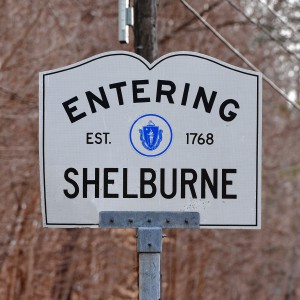 Serious barn fire averted due to quick response in Shelburne
Serious barn fire averted due to quick response in Shelburne
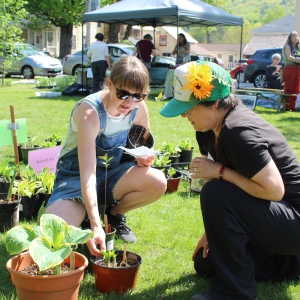 Bridge of Flowers in Shelburne Falls to open on plant sale day, May 11
Bridge of Flowers in Shelburne Falls to open on plant sale day, May 11
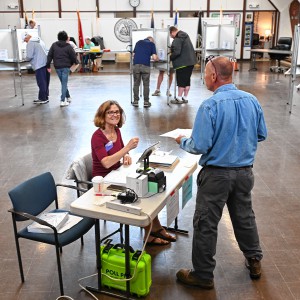 Political newcomer defeats Shores Ness for Deerfield Selectboard seat
Political newcomer defeats Shores Ness for Deerfield Selectboard seat
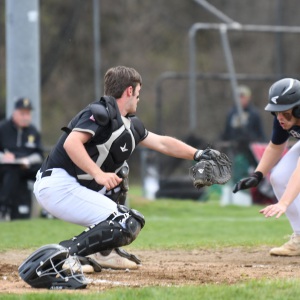 Roundup: Pioneer baseball wins Suburban League West title following 2-0 win over Hopkins
Roundup: Pioneer baseball wins Suburban League West title following 2-0 win over Hopkins
 As I See It: Between Israel and Palestine: Which side should we be on, and why?
As I See It: Between Israel and Palestine: Which side should we be on, and why?
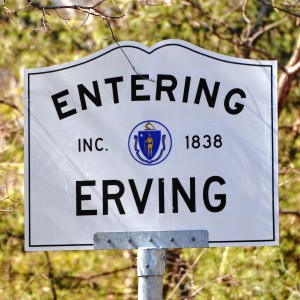 Employee pay, real estate top Erving Town Meeting warrant
Employee pay, real estate top Erving Town Meeting warrant
There are already more than 2,000 square miles of residential lawns in Massachusetts. An inch of soil on them would add 232,320,000 tons of organic carbon. Lawn photosynthesis would annually pull out 852,614,400 tons of carbon dioxide (equal to the annual emissions of 170.5 million cars). An acre with 6-inch-deep soil holds approximately 38,445 gallons of water. Lawns across the state 4 inches deep hold 25.8 million gallons.
The fund would also incentivize property owners to install green infrastructure with a grant program modeled on Maryland’s Stormwater Program. Funds would be awarded to residents installing rainscapes with rain barrels, green roofs, permeable pavers that provide a hard surface that can also infiltrate water, a native plant garden designed to absorb water, and Miyawaki forests.
In Cambridge, a couple recently planted a Miyawaki forest in the 600-foot-square plot between their house and the sidewalk. About 40 native species of woody plants were selected, representing all stages of forest development, from early to old-growth forest species. This great diversity increases the vigor of all plants because the mycorrhizal network between plant roots and fungi connects a more diverse constellation of bacteria.
Research indicates that if we can slow water down, we can reduce the rise in sea level by 25%.
The Let Forest Grow Carbon Offset Fund would restore the land by paying the value of timber harvests to leave trees standing on state lands. On private lands with woodlot plans, landowners would be granted the value of their timber harvest to let mature trees grow.
Eighty-year-old forests store over twice as much carbon as 40-year-old forests. The largest 1% of trees are responsible for 30% of the carbon stored. Trees regulate the microclimate by releasing water when it’s hot that evaporates and cools. Before dawn, trees release water vapor that condenses to warm.
Old-growth forests release bacteria, fungi, and pollen that float in the air, where water vapor nucleates to form cumulus clouds that reflect heat to cool the atmosphere. Cloud formation causes a decrease in atmospheric pressure, and water vapor flows in from the ocean. When old trees are removed, the biotic pump ceases to operate, and more water vapor stays over the ocean to power stronger hurricanes with more rainfall.
Two carbon offset funds — one that invests in storing organic carbon and holding water in soils and the other that pays timber harvest revenue to keep trees standing— would pay dividends to everyone. What happens in soils and forests does not stay in soils and forests. Entire watersheds and the climate benefit; even the nests we build called cities are better off.
Rob Moir is a nationally recognized and award-winning environmentalist. He is president and executive director of Ocean River Institute, a nonprofit based in Cambridge . Visit www.oceanriver.org for more information.

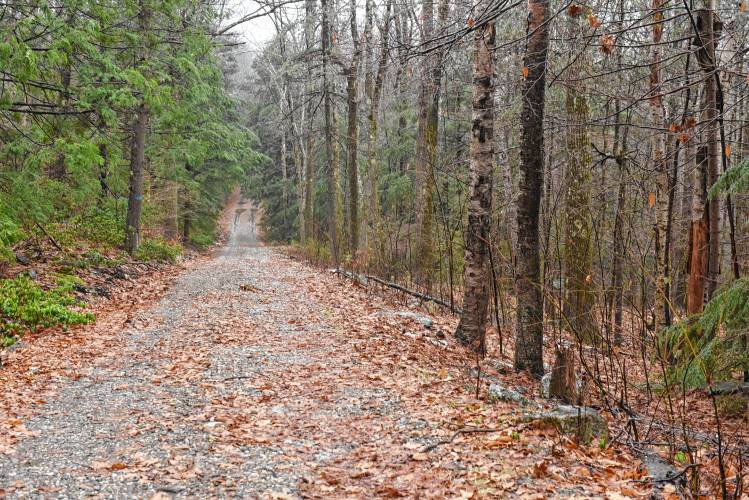
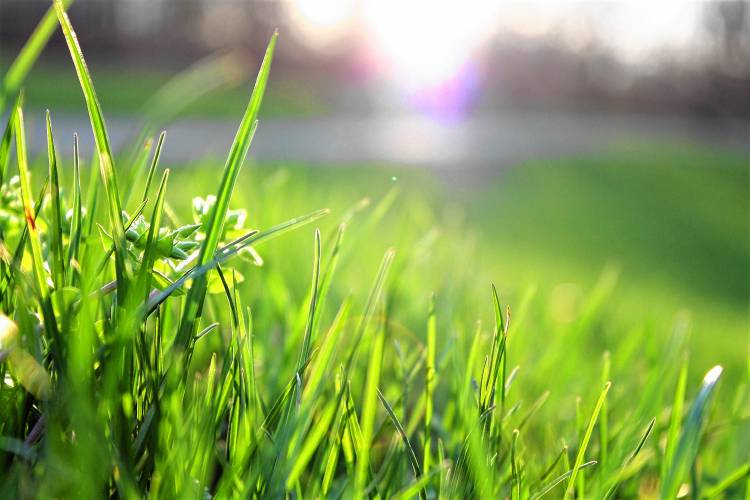
 My Turn: We all deserve a break
My Turn: We all deserve a break Guest columnist Gene Stamell: We know what we know
Guest columnist Gene Stamell: We know what we know Michelle Caruso: Questions candidate’s judgment after 1980s police training incident
Michelle Caruso: Questions candidate’s judgment after 1980s police training incident
